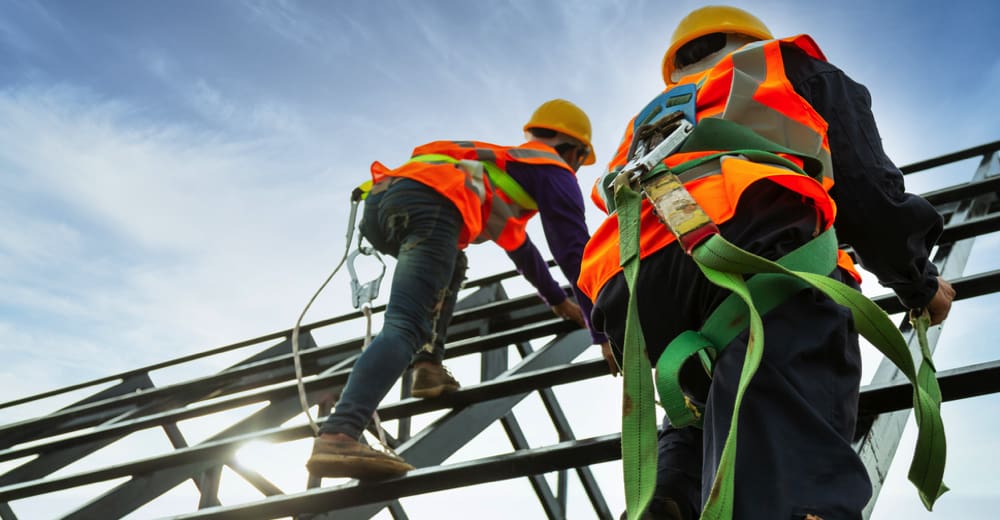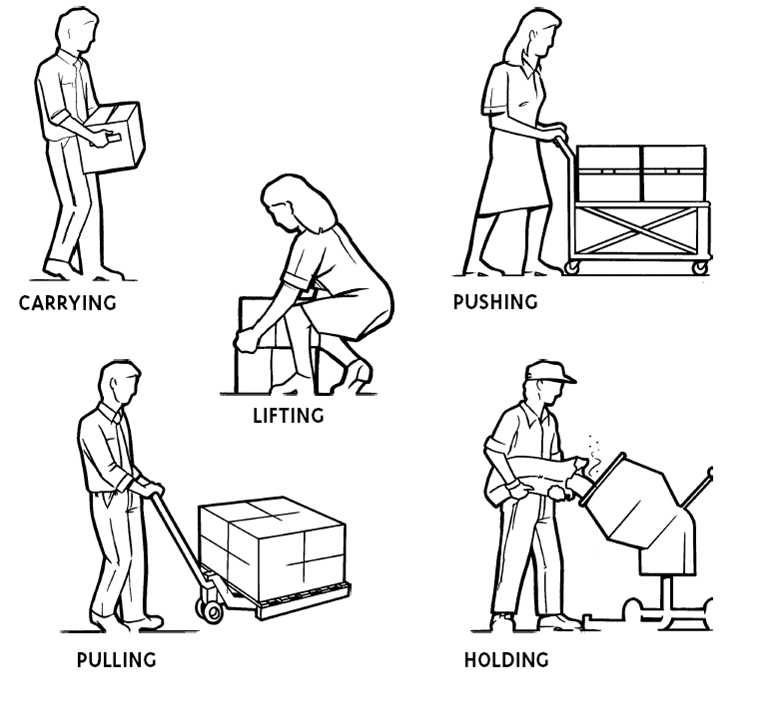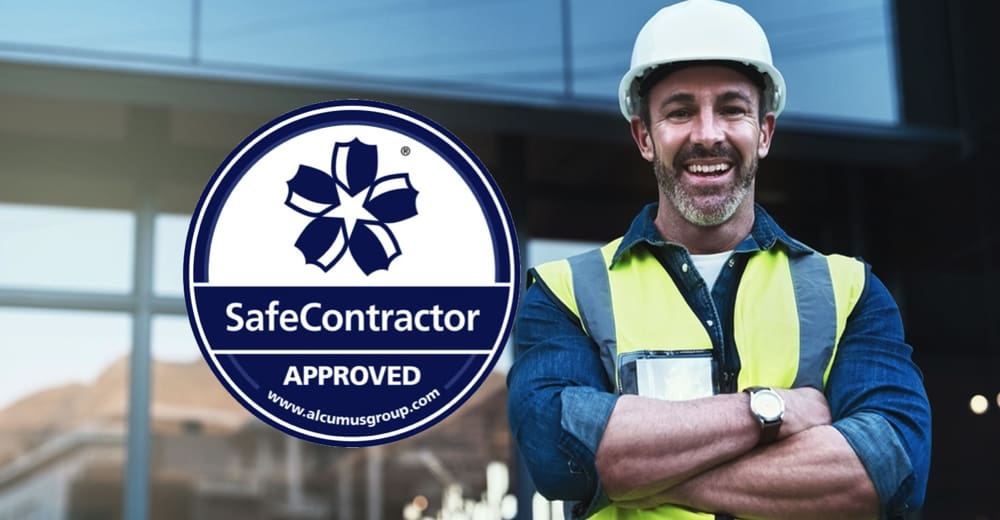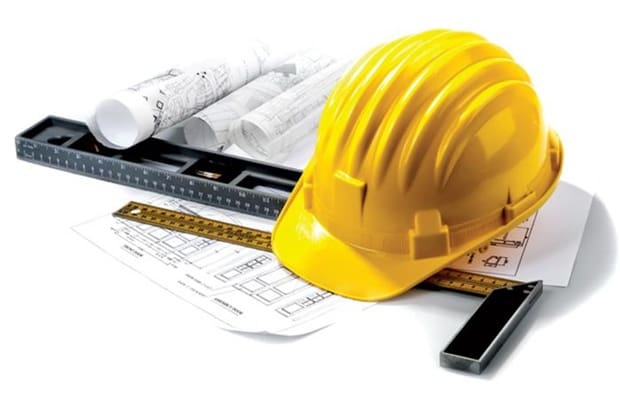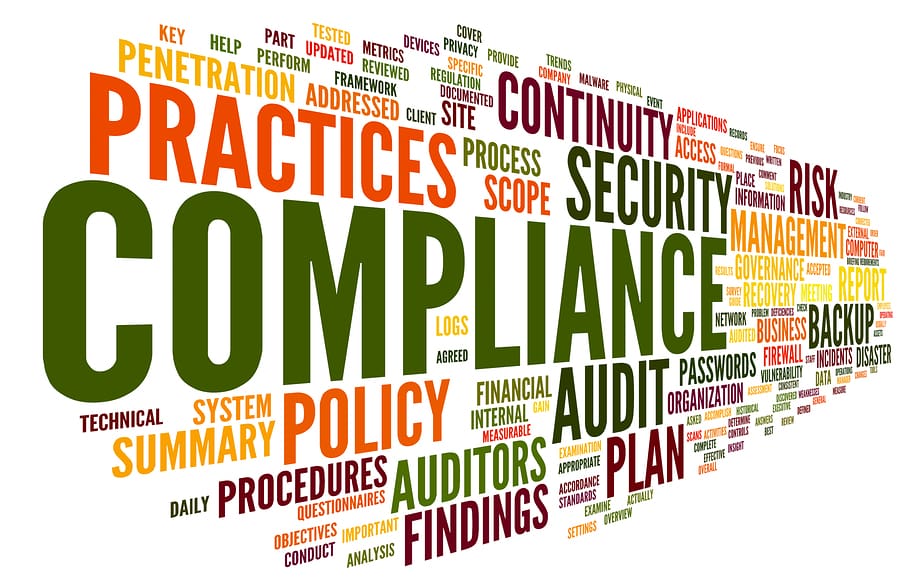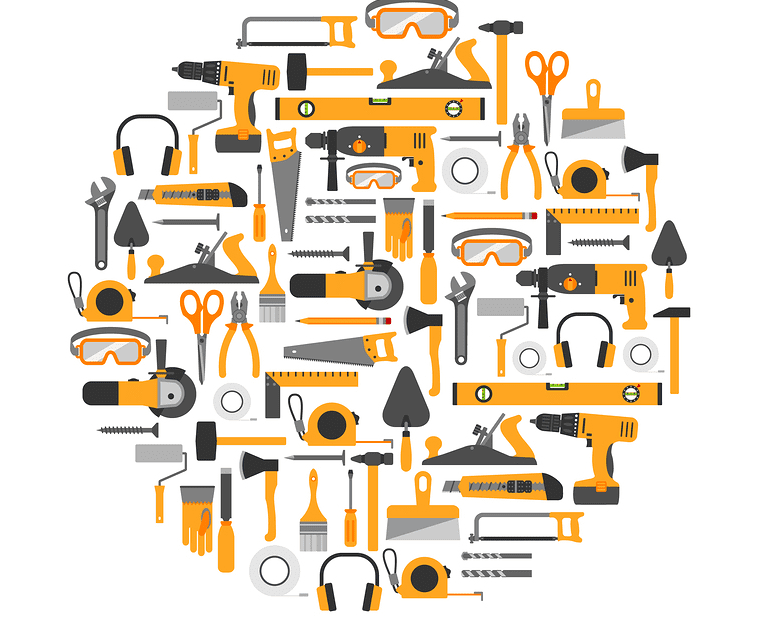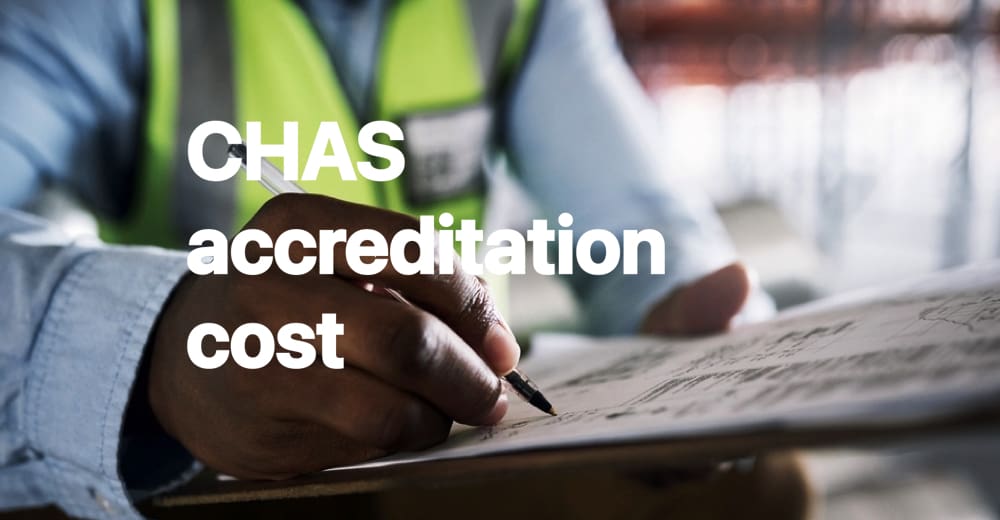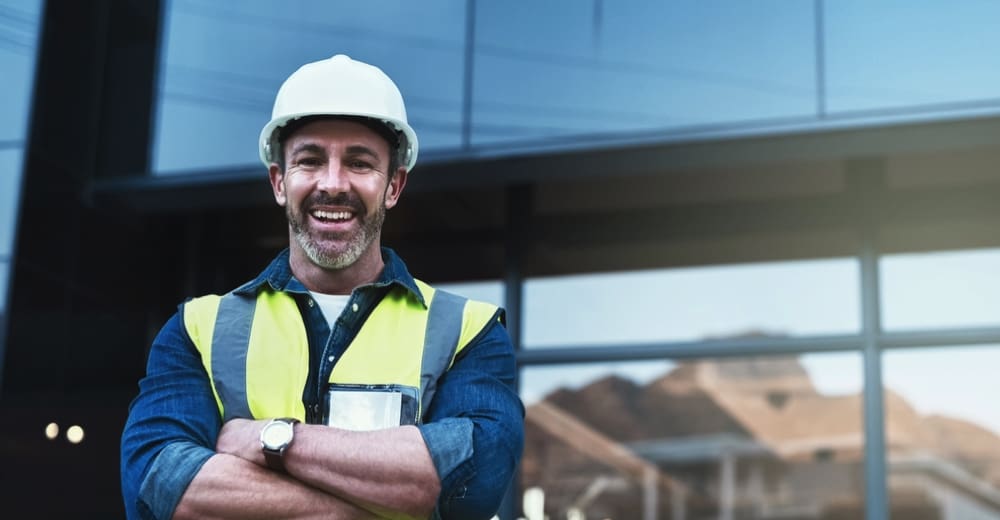Constructionline is the largest pre-qualification database in the UK
Being a member of Constructionline can be beneficial for all sized companies you just need to know what you want to get out of it to make sure it can deliver an ROI for your company. Constructionline is used by the big contractors and public bodies to pre qualify your business and your ability to carry out a project in terms of financials as well as operational process including Health & Safety. Constructionline has over 8,000 key decision makers from over 2,000 buying organisations. They use Constructionline to select quality suppliers so constructionline can be a great tool to promote your services and gain new work opportunities.
Constructionline is a UK compliance and procurement platform used by contractors, suppliers, and public sector buyers. It helps businesses prove they meet industry standards for:
- Health & Safety (SSIP)
- Insurance
- Financial standing
- Environmental & quality management
- Workforce credentials
Your login dashboard is where you manage all of this information.
1. Will being registered on Constructionline guarantee me work?
Constructionline’s primary objective is to streamline the tender process and reduce duplication of work for everyone involved. The aim is to reduce the amount of paperwork you face at the tender stage. Constructionline cannot guarantee that you will win contracts as a result of your membership. Although having your details available to over 8,000 buyers, membership can act as a sales and marketing tool for your business. Constructionline is widely recognised within the construction industry, and meeting their criteria is only a good thing. Getting accredited will help you win more work by leveraging your sales skills.
Get Accredited and Win More Work!
2. Can I check which buyers have viewed my company details?
You can see a full history of your views by clicking on the Log In button in the top right-hand corner of this page. Enter your user name and password. Select the Reports tab and the report you require. Enter the Date From and Date To dates and select Run Report. Either print the report or save it to your desktop.
3. Will buyers be interested in my company if I register as i am only a small contractor?
Alot more buyers are looking for small, local contractors to employ because they are keen to re-invest in the local communities. The Constructionline system itself enables buyers to put in fairly complex search criteria so they are able to specify what size of company they would prefer to use. Therefore, if you are a small company it would be a great asset to join Constructionline and already, over 50% of our contractors are suppliers with a turnover of less than £1 million and 29% have a turnover of less than £250,000.
4. How much does it cost to register with Constructionline?
Constructionline is free to procurers. Suppliers pay an annual fee based on their turnover. Fees start at £90 plus VAT and you can register for an unlimited number of work categories and work locations.
5. How to Log In to Constructionline – Step-by-Step Guide
1. Go to the Constructionline Login Page
Use the official Constructionline portal to access your account.
2. Enter Your Email and Password
Use the email address registered with your membership.
3. Complete the Security Verification (if prompted)
Constructionline may request authentication for added account security.
4. Click “Sign In”
You will be taken to your dashboard, where you’ll see:
- Membership status
- SSIP or Acclaim Accreditation progress
- Renewal deadlines
- Document upload sections
- Tasks you must complete
- Buyer opportunities
Constructionline Login Problems & How to Fix Them
1. Forgotten Password
If you can’t remember your password:
- Click “Forgot Password?”
- Enter your registered email
- Check your inbox for a reset link
- Create a new password
Tip: Check spam/junk folders if the email doesn’t arrive.
2. Email Not Recognised
If Constructionline says your email isn’t valid:
- Make sure you’re using the correct business email
- Ask your admin if they changed login details
- Contact Constructionline support to verify the account owner
3. Two-Step Verification Not Working
Possible fixes:
- Try another browser
- Enable pop-ups
- Use a different device
- Request a new verification code
4. Can’t Access the Dashboard
This usually means:
- Your membership is expired
- A payment is overdue
- The system is updating
Try logging in again after 5–10 minutes or contact support.
What You Can Do After Logging In
The Constructionline dashboard gives you access to several areas essential for compliance:
✔ Upload RAMS, policies & documents
Health & Safety Policy
Risk assessments
Insurance certificates
Environmental policy
Quality management documents
✔ Manage Acclaim Accreditation (SSIP)
Upload evidence for:
- H&S competence
- Training records
- Workplace safety procedures
✔ Track Renewal Deadlines
Never miss an annual assessment or SSIP renewal.
✔ Update Business Profile
Buyers see:
- Services you offer
- Trade categories
- Experience
- Regions you cover
✔ Access Buyer Opportunities
Some buyers only work with Constructionline members.
Tips to Make Your Constructionline Account Work Harder for You
1. Keep Documents Up to Date
Expired insurance or missing policies can suspend your profile.
2. Complete Every Section
A 100% complete profile ranks better in buyer searches.
3. Add Case Studies & Testimonials
These increase your attractiveness to buyers.
4. Use the Email Alerts
You’ll receive notifications for:
- Missing documents
- Buyer interest
- Renewal reminders
5. Download Your SSIP Certificate
You can show clients you meet UK H&S requirements.
How can we help?
We can complete the application, gather all required documents and answers to questions, and compile all necessary evidence, allowing you to focus on your job. We are efficient, economical and have a 100% success rate. Get accredited and win more work.
Get Accredited and Win More Work!


